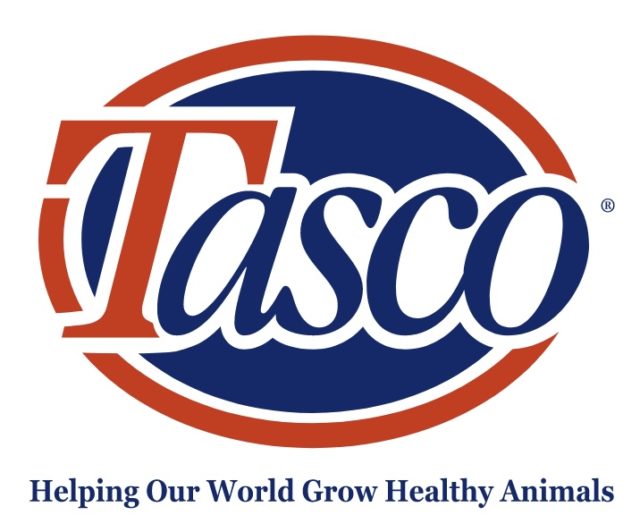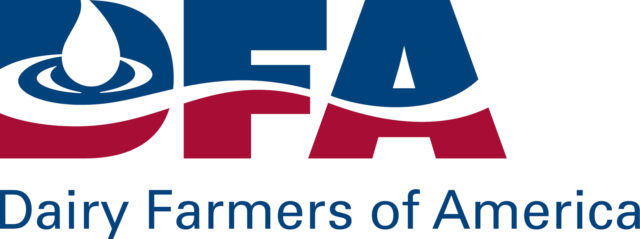After establishing a transportation company this year, I had the opportunity to survey retail prices in a large portion of the central U.S. It started or was prompted by a Toledo, Ohio store offering 1-gallon jugs for $1.75, regardless of fat content.

Retail prices were obtained in 17 states and 27 cities or towns. Prices noted on the map to the right were for 2 percent conventional milk in 1-gallon plastic jugs. There were three brands offered in glass containers. In addition to chocolate, one market offered a variety of other flavors, such as orange, banana-strawberry and root beer in 7-ounce containers. I tried the root beer-flavored milk, and it was delicious. It was by a producer-handler. It was the first time I witnessed someone venturing into other flavors, although it has been talked about for years by processors and dairy marketers/promoters. One processor was marketing a milk-based coffee drink in a pint container, and it was also quite delightful. In this survey, there were three producer-handlers. In every market that a producer-handler was involved in, two things stood out. First, their shelf space was limited among the available brands. Second, they all offered their product at a price lower than their competitors. Prices ranged from 99 cents for conventional milk in Chicago, Illinois, to $6.49 for organic in Milwaukee, Wisconsin. In a Houston, Texas market, whole and 2 percent milk were offered as organic or private selection organic at $5.49 a gallon. Prices for pint containers in the survey ranged from 88 cents to $1.79. In three markets, gallon containers were offered in a two-for-one price scenario. A 10- to 20-cent savings per gallon was realized in the two-for-one offering.
There were three markets in which milk was priced equally across all varieties, in addition to the Toledo, Ohio, store mentioned earlier. In Oklahoma, one store’s whole milk was priced at $2.79 per gallon, 2 percent and 1 percent at $2.99 and skim at $3.39. There were two other markets in which skim was priced higher than the 1 percent, 2 percent or whole categories. This trend of skim milk being priced higher than products containing more fat has become more noticeable. In one store, it was labeled as Super Skim and in another Lite Line Skim. Other innovative descriptions included High Protein 2 percent or Kid Builder 1 percent.
As a Holstein breeder enthusiast and with producers being paid on component values, what kind of cow do we breed for now if skim is more valuable? How should you feed, manage, etc.? What should you be paid if your milk buyer processor/consumer is demanding these products? More or less?
In only three markets was rBST or rBGH-free milk noticeable – primarily on the organic offerings. In many stores, large signs indicating price were displayed more prominently with large visual signs drawing consumers to the dairy case.
The next-most notable item was milk that was WIC-approved and usually with a small label next to the unit price. In Texas, one employee- owned grocery store chain manager explained to me that whole milk may not be available to WIC recipients in the future due to concerns over obesity. He also indicated that it would not be a welcomed change if adopted.
Country of origin signs were used in one store along with locally produced. Shelf space was most fierce in Kansas City, Missouri, with seven brands represented. Iowa City, Iowa, and Shreveport, Louisiana, each had six brands in competition for shelf space.
Along the way I was asked questions such as “How many lactations does a cow have?” “What is the deal with beef grades, such as prime, select and choice?” “What is the difference between Brand X milk for $2.99 versus Brand Y milk for $1.99?” These three consumers were generally grateful for my answers to their questions.
I gathered these prices and information during the month of October 2009. It represented the reality of the retail market at that time. As of the first of week of December, milk in Titusville, Pennsylvania, was selling for $4.14 for 2 percent. Dairymen are reporting prices in the $13 range. Retail prices are turning the curve faster than farmgate prices. Does this indicate the crisis is over?
Consumers have hundreds of choices available when they shop. Food is such a value and is plentiful. No one else along the chain would work or stand for the return on investment and human capital for the pleasure of being in this business.
Dairymen and women need and deserve to get more of the retail dollar. Are you getting it? Dairymen and women are the only ones who own the cows and supply. PD
Mike Richter
Dairy producer
Rich-Lane Farms
Highland, Illinois









